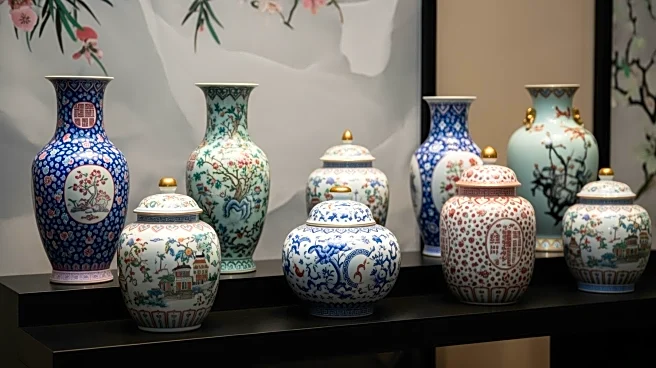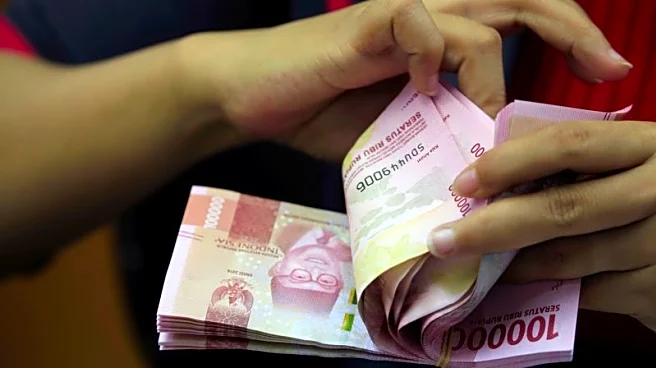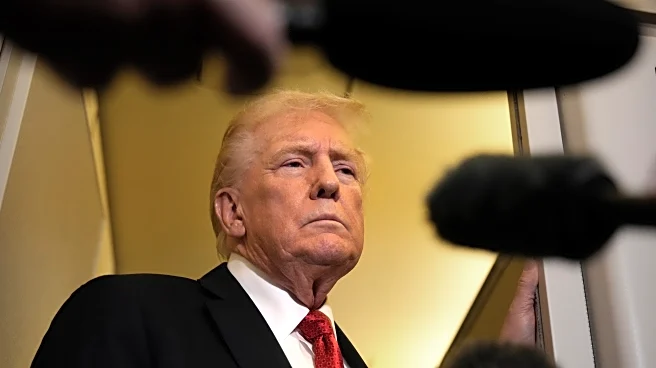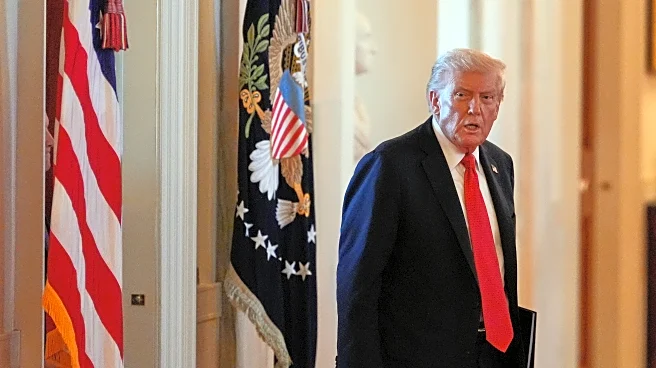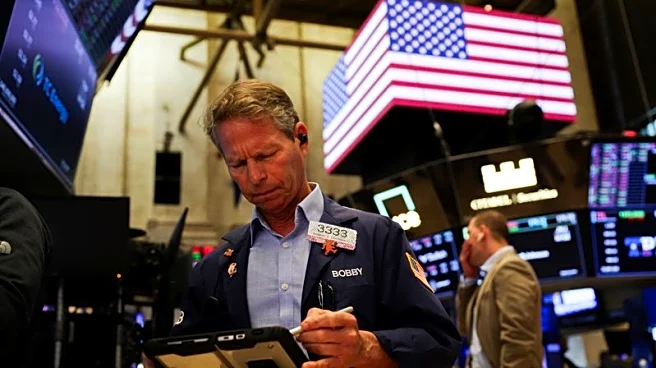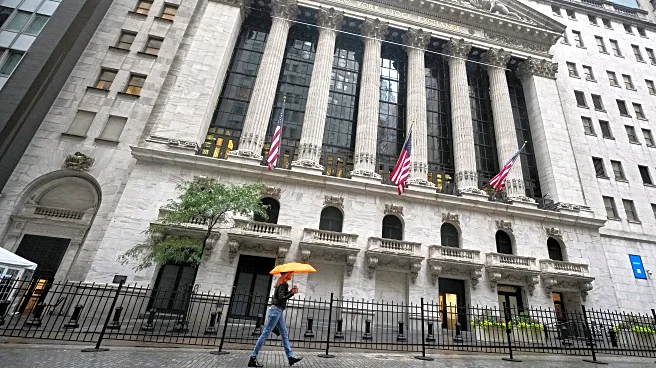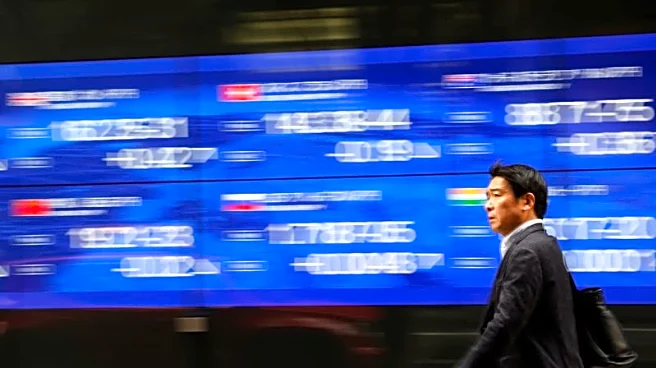What's Happening?
China's art market has experienced a significant decline, with total sales dropping by 29.6% to $1.69 billion. This decrease is attributed to economic uncertainties, including the ongoing trade war with the U.S.
Despite the decline, China remains the leading art market in Asia, with Hong Kong as a major trading hub. Other Asian countries like Japan and India have seen slight increases in market share, while South Korea and the Philippines maintain stable positions. The art market dynamics reflect broader economic challenges and shifts in regional trade relations.
Why It's Important?
The decline in China's art market highlights the impact of economic uncertainties on cultural industries. As the largest art market in Asia, changes in China's sales can influence global art trade and investment. The ongoing trade war with the U.S. affects not only economic policies but also cultural exchanges and market dynamics. Other Asian countries are emerging as potential art hubs, offering new opportunities for investment and cultural collaboration. The shifts in market share reflect broader economic trends and the need for strategic adaptation in the art industry.
Beyond the Headlines
The art market's decline in China may lead to increased competition among Asian countries to attract art investments and cultural events. This could foster regional collaboration and innovation in the art industry. The economic challenges faced by China could also prompt a reevaluation of trade policies and cultural exchanges, influencing long-term strategies in the art market. The evolving dynamics offer insights into the intersection of culture and economics, highlighting the importance of adaptability in the face of global uncertainties.
